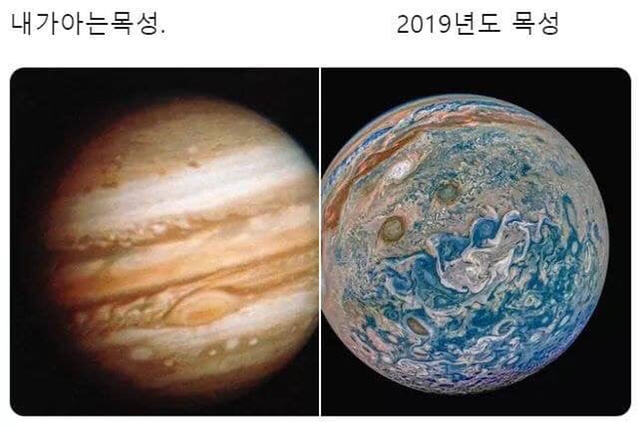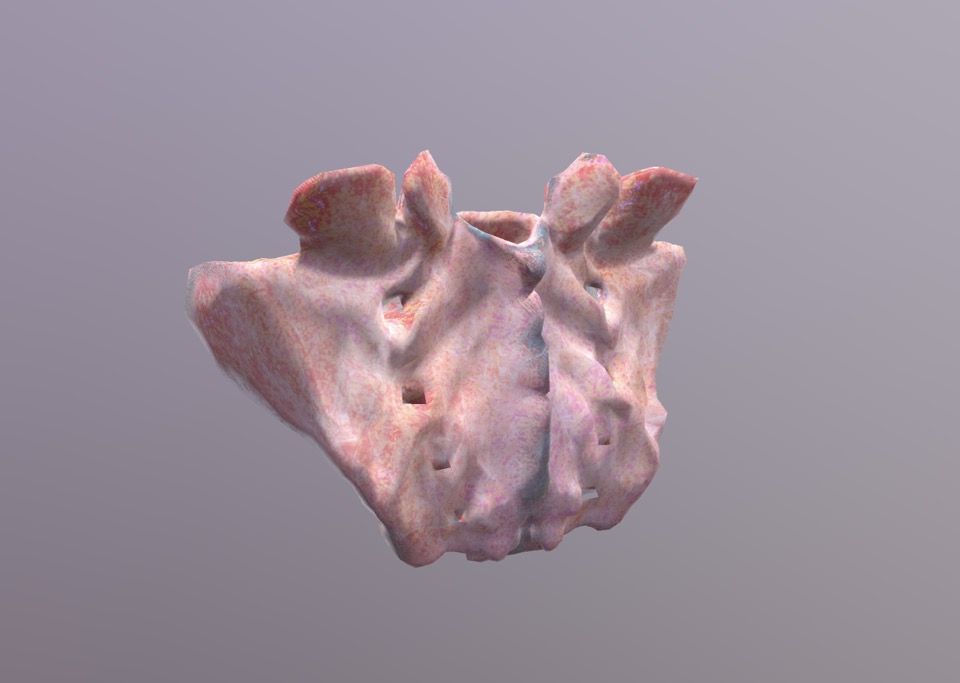- Progress Until 22.10.
- Note on <Jupiter>
Planets in space and bones and organs in the body have images reconstructed from visual data transmitted from probes and medical imaging devices. And these imaging devices provide more and more pixel- and polygon-valued observational data, helping to build more realistic and plausible images. However, no matter how high the clarity of the data increases, the universe and the body, which are difficult for individuals to witness directly with the naked eye, will have only reconstructed images based on the observation information of the filming device. However, it is clear that these limitations of visual experience block the view of the universe and the body as fixed landscapes, and induce imaginary images based on visual data provided like clues. Based on this, imagines various shapes of bones and organs reconstructed with digital visual data and implements a virtual landscape in which they appear. Based on the fact that the human body is close to the shape of a donut, I would like to assume a donut-shaped planet that metaphorizes the human body and imagine the landscape of the planet (body).
- <목성>에 관한 노트.
우주에 있는 행성과 몸 안에 있는 뼈와 장기는 탐사선과 의료 촬영 기기로부터 전송받는 시각 데이터로 재구성된 이미지를 갖는다. 그리고 이러한 촬영 기기들은 점점 더 많은 픽셀과 폴리곤 값의 관찰 데이터를 제공해 좀 더 현실성 있고 그럴싸한 이미지를 구축하는 데 도움을 준다. 하지만 데이터의 선명도가 아무리 높아지더라도 개인이 육안으로 직접 목격하기 어려운 우주와 몸 안은 촬영 기기의 관찰 정보를 기반으로 재구성된 모습만을 가질 수밖에 없다. 하지만 이러한 시각 경험의 한계는 우주와 몸속을 고정된 풍경으로 바라보는 것을 차단하고, 단서처럼 제공되는 시각 데이터를 기반으로 한 상상의 이미지를 유도하는 것은 분명하다. 이를 기반으로 <목성>은 디지털 시각 데이터로 재구성된 뼈와 장기의 다양한 모습을 상상하고 이들이 등장하는 가상의 풍경을 구현해본다. 위상기하학적으로 인간의 몸이 도넛 모양에 가깝다는 점에 착안하여 인간의 몸을 은유한 도넛 모양의 행성을 가정하고, 이 행성(몸)의 풍경을 상상하고자 한다.

- Meme from Twitter
(L) The Jupiter what I learned.
(R) The Jupiter what people are learning at 2019.
- Pictures of Jupiter by NASA at 2022.


- Installation Drawing.

- Process of Modeling 3D







- Drawings for <Jupiter>




- Examples of digital visualization.










